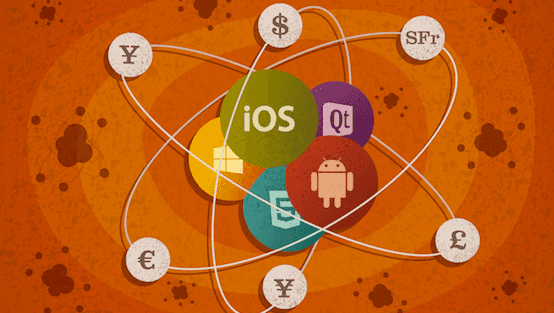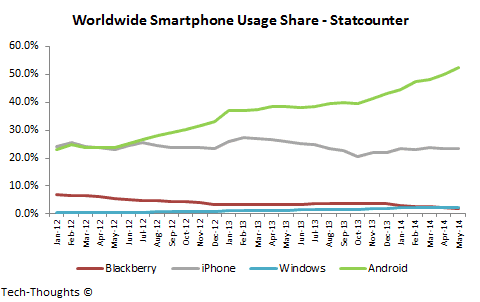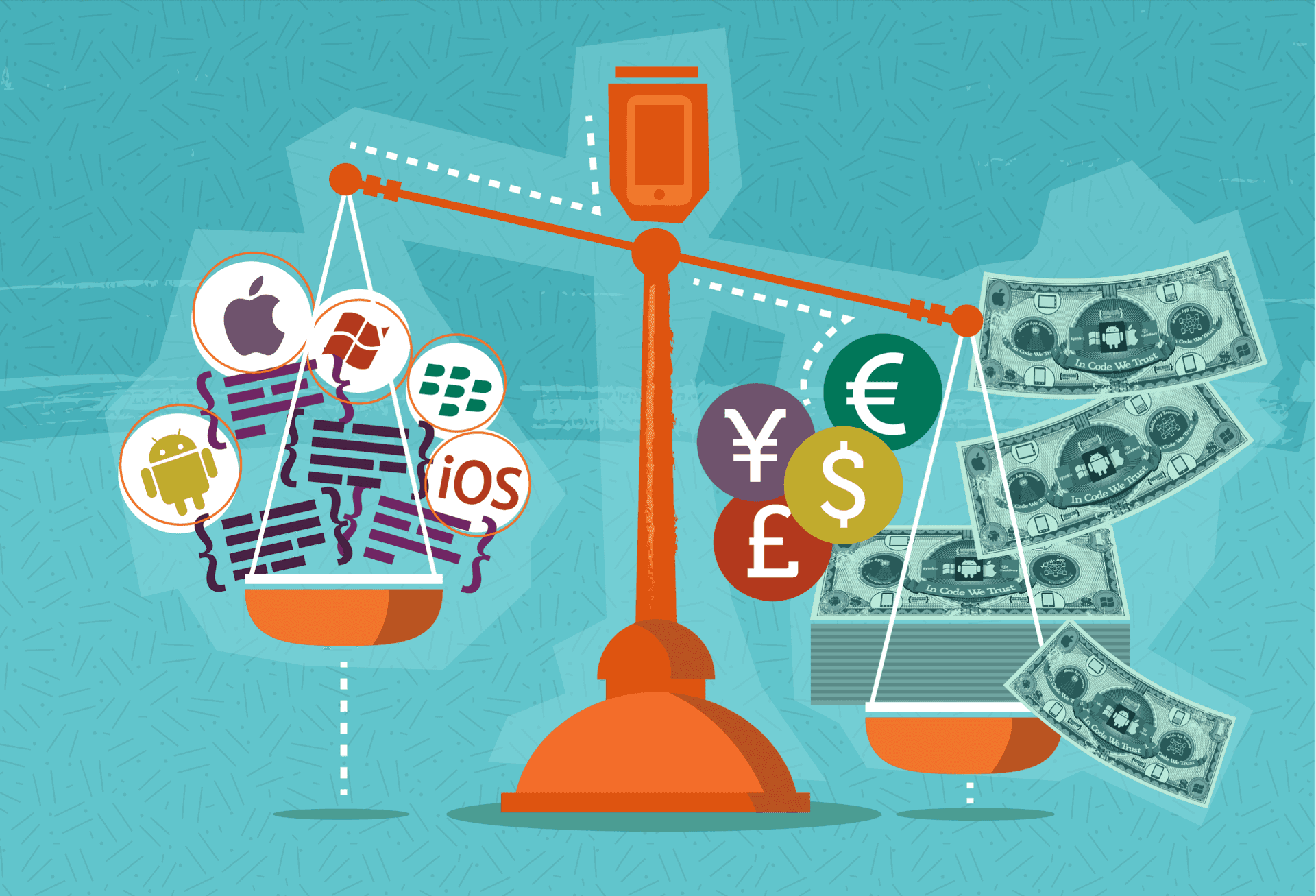Latest Posts

03 September, 2014
The app stores created an opportunity for any developer to build their own products and reach a global audience with them. For some developers this offered the promise of an independent app business, giving them creative control of their work and hopefully a comfortable income. Recently there have been lots of posts (great summary list inside) from current and former independent app developers about the state of the market and how much harder it is to earn a living from your own apps.

06 August, 2014
We have just published a research note with an update to last year’s an European App Economy report. The good news is that Europe’s app economy still accounts for 19% of global revenues and is growing strongly at a 12% annual rate. The bad news is that the rest of the world, particularly Asia, is growing much faster.

06 August, 2014
Scrum, Kanban, XP, pair programming, Agile, we have all heard these terms. The question is can you use the agile way while working on your own? Here’s a simple way to start and three tools to help you change the way you do things.

29 July, 2014
Given the staggering odds against the success of any app in the marketplace, it is surprising that so much effort is devoted to the creation of apps, many of which never see the light of day.

21 July, 2014
Our 7th Developer Economics survey broke all records again, reaching more than 10,000 app developers from 137 different countries. The full report with the survey findings has just been published and is available for free download! The view of the app economy that they collectively provide is one of consolidation. Developers are focusing their attention […]

08 July, 2014
HTML5 and the latest standard web technologies have finally driven the developer community towards a cross-platform app and game deployment scenario. Still, there are some challenges that have to be solved in order to smooth the experience of getting a final product to the increasing number of markets, from fragmented platforms to performance issues or ways to access specific features of each target in a cross-platform way. This article provides an overview of the most common challenges and some tips and technologies available today in order to overcome them.

08 July, 2014
There has been considerable debate about the metrics used to define performance in the smartphone industry. Because of the regionally fragmented nature of distribution, some view global market share figures with cynicism.

01 July, 2014
>If you’ve ever tried to integrate a mobile ad SDK into your application, then you’ve definitely had to declare a few permission for it to work. Permissions in mobile platforms such as Android and iOS have been baked in from day one as a mean to control what applications could do or access on your phone, preventing despicable people getting access to your most personal and sensitive data.

26 June, 2014
The number of app developers using business models that don’t rely on app store payments is increasing. In some cases this is sophisticated app developers adapting to the market.

16 June, 2014
You probably have already tried a handful of mobile ad networks, spending the good part of a day every time to integrate them and have experienced so far both feelings of disappointment and satisfaction. If it helps, you are not the only one.
The road to building a successful app business is not an easy one and you have to constantly experiment with new ad networks and technologies to find the one that best matches your app’s unique needs.